What is PU, and Why is it the Superior Choice?
2020 Design | 5 min read
Think about how many times you’ve carried a bag in your life. Whether it was for school, work, or travel, this bag carried all the necessities for your daily hustle. From backpacks, totes, briefcases and duffles, you’d worn your favorite until the threads gave out.
Your every-day essentials find refuge in your bag, and need to be carried safely and securely. To ensure this, a carry-bag must be durable, water-resistant, and ready to take on whatever life brings. Equally important to a bag’s contents, is the quality of the material. One of the most durable, bag materials on the market is Polyurethane (PU).
How PU ranks amongst other bag materials (scale 1-10; 1 being the worst and 10 being the best):
|
Genuine leather |
PU |
PVC |
Canvas |
|
|
Tear-resistance |
9 |
8 |
8 |
6 |
|
Water-resistance |
4 |
9 |
9 |
4 |
|
Fade-resistance |
7 |
8 |
7 |
5 |
|
Eco-friendly |
3 |
8 |
5 |
7 |
|
Maintenance |
4 |
8 |
6 |
5 |
|
SCORE (out of 50) |
27 |
41 |
35 |
27 |
[Read more to find out why each material deserves its rank.]
What is “PU”?
Polyurethane, or “PU”, typically refers to an alternative leather that is backed with plastic and coated with a water-resistant finish. PU is more commonly known as, “vegan leather”, due to its similar look and feel to genuine leather, but lack of animal hide. This cruelty-free material was invented in the early 1930’s, but did not gain much popularity until the 1980’s once clothing, shoes, and carry bags began to be fashioned from it. It has become a material of choice for its durability, low-maintenance, and most notably, its positive impact on animals and the environment. PU has set the standard for designers and manufacturers to utilize materials in the most ethical way, which is why more and more goods are produced with it.
How Its Made
There are many variations of PU, but most start with a base layer comprised of polyester, cotton, nylon, rayon, or a combination of these elements. The material is then dyed to the desired color and laminated with a thin layer of specially-engineered plastic. This plastic coating ensures the material’s water- and fade-resistance. To achieve different textures, a heated roller is pressed into the PU to create various patterns and effects. For example, smooth or brushed finishes can be achieved by applying brush-like strokes to the coating. Or, a honeycomb, tech pattern can be achieved by using molded roller, for a very sleek and fashion-forward effect.
With high-end PU, the material is soaked in a special conditioner to obtain a supple and pliable feel that is reminiscent of genuine leather. Other new techniques and technologies are tested daily to discover the most eco-friendly and efficient ways to produce vegan leather. Some impressive developments are: Pineapple husk PU, recycled plastic PU, cork PU, and biodegradable PUs manufactured with plant-based oils. These ground-breaking production methods have been implemented to tackle issues regarding: limited resources, the overproduction of plastics, and the rapid increase of fossil-fuel byproducts.

Material of Choice
Out of the most common bag materials, vegan leather ranks the highest overall. PU receives an 8 out of 10 for tear-resistance because its cross-grain stretch allows the material to be flexible without visual wear and tear. The treated PU allows for high-abrasion and high-tear resistance, which implies that it can bear superior amounts of weight in comparison to materials of the same mass. Although this material is substantial and strong, PU is still very lightweight. This makes the material easy to create beautiful silhouettes and designs with.
PU receives a 9 out of 10 for water-resistance because it is specifically treated to protect against water, spills, oils, and sweat. The polyurethane lamination prevents the material from breaking down when exposed to harshities, so PU does not need constant maintenance like other materials. There isn’t a need for expensive leather protectants or cleaners because it can be cleaned with mild soap and water. This warrants an 8 out of 10 for maintenance, since the material doesn’t require extensive care and expensive products to keep it looking new. Although vegan leather does not need daily care, it is still advised to clean the material regularly to lengthen its lifespan.
Vegan Leather gets 8 out of 10 for fade-resistance because the material is treated with conditioners that make it able to withstand sun radiation. Its special coating ensures that the bag’s initial color will always stay the same throughout years of use. Though PU receives a high score for fade-resistance, it is important to note that PU will not develop the same kind of patina that genuine leather does. However, this is a perfect material for those that need their items to stay looking brand new over time. This is the best choice for those that not only want an aesthetic look, but longevity as well.
PU scores a 7 out of 10 for being eco-friendly. As stated earlier, many types of PU are made with recycled materials in an effort to support the global movement to reduce waste. More people are becoming aware of the environmental implications, and are more likely to choose vegan leather goods over any other material. Many designers and developers attest to choosing PU over other materials for these reasons as well. This is why there’s been an increase in bags that are produced from vegan leather.
The other materials received their ratings for the following reasons:
- Genuine Leather: Leather is made from animal hide which is extremely tough yet has high elasticity from the muscle and skin fibers which is why it ranks 9 out of 10. However, it is extremely porous and soaks up liquids and hand oils; making it not very water-resistant. It is 7 out of 10 for fade-resistance, since animal hide ages well, and gains a nice patina over time. It is not very eco-friendly since the material must be harvested from animals, and because there are tons of tanning and drying chemicals that are used to achieve the material seen on leather goods. Maintenance earns a 4 because genuine leather must have constant upkeep in order for the hide to not break down, and leather-protectants and cleaning services tend to be very pricey.
- PVC: Polyvinyl Chloride is a plastic polymer that was engineered to be strong and water-resistant. This warrants high scores for both categories. However, this material can lose its luster after continuous use, so it scores a 7 out of 10 for fade-resistance. Although this material is man-made, there are a lot of harmful byproducts and waste that is created throughout the manufacturing of PVC. The chemicals used to dye this material run off into the ocean, drastically increase air pollution, and is widely known for being hazardous to humans. PVC needs regular maintenance to ensure that the material’s color doesn’t fade, so it earns a 4 out of 10 for this category.
- Canvas: For tear-resistance, canvas earns a 6 because although it is fairly strong, it can withstand carrying heavy weights for an extended period of time. It is not very water-resistant and earns a score of 4 out of 10 because it actually tends to soak up liquids rather than repel them. Canvas is not very fade-resistant unless it is taken care of daily, and if the bag is properly stored and regularly washed. As for being eco-friendly, it scores a 7 since it does not come from animals, and the crop-harvesting requires less labor and processing than other materials.
Polyurethane is a front-runner that’s been dominating the design world. Vegan leather bags are: lightweight, durable, functional, and better for the environment. The design possibilities of PU are endless, and as technology progresses, the material becomes more versatile. It’s no wonder why numerous items are constructed with vegan leather, and it’s become a top choice for designers and consumers alike.
While weighing the pros and cons of each bag material, it is important to remember the purpose of a quality bag. Your vessel needs to safely carry goods and valuables regardless of the type of commute, mode of transportation, or destination. Vegan leather bags offer security and reliability, which is ideal for avid travelers and commuters. Vegan leather truly hits the mark for being the most durable and long-lasting material, without being extremely heavy and bulky. This allows you to pack your bag with all necessities, but not be bogged down by extra, unnecessary weight. Bags crafted from PU can stand the test of time with minimal care, and you can rest assured that they will look great after continuous use.
Since PU is water-resistant, sun-resistant, and low maintenance, it is the perfect material to have on a bag that you’ll carry daily. The upkeep and care for your vegan leather bag is easy and cost-efficient since special tools and cleaning services aren’t necessary. Simply wipe down the bag with a damp cloth, and dirt and grime comes off hassle-free. This makes PU bags perfect for busy parents, young children, and those that don’t like to constantly clean their bags.


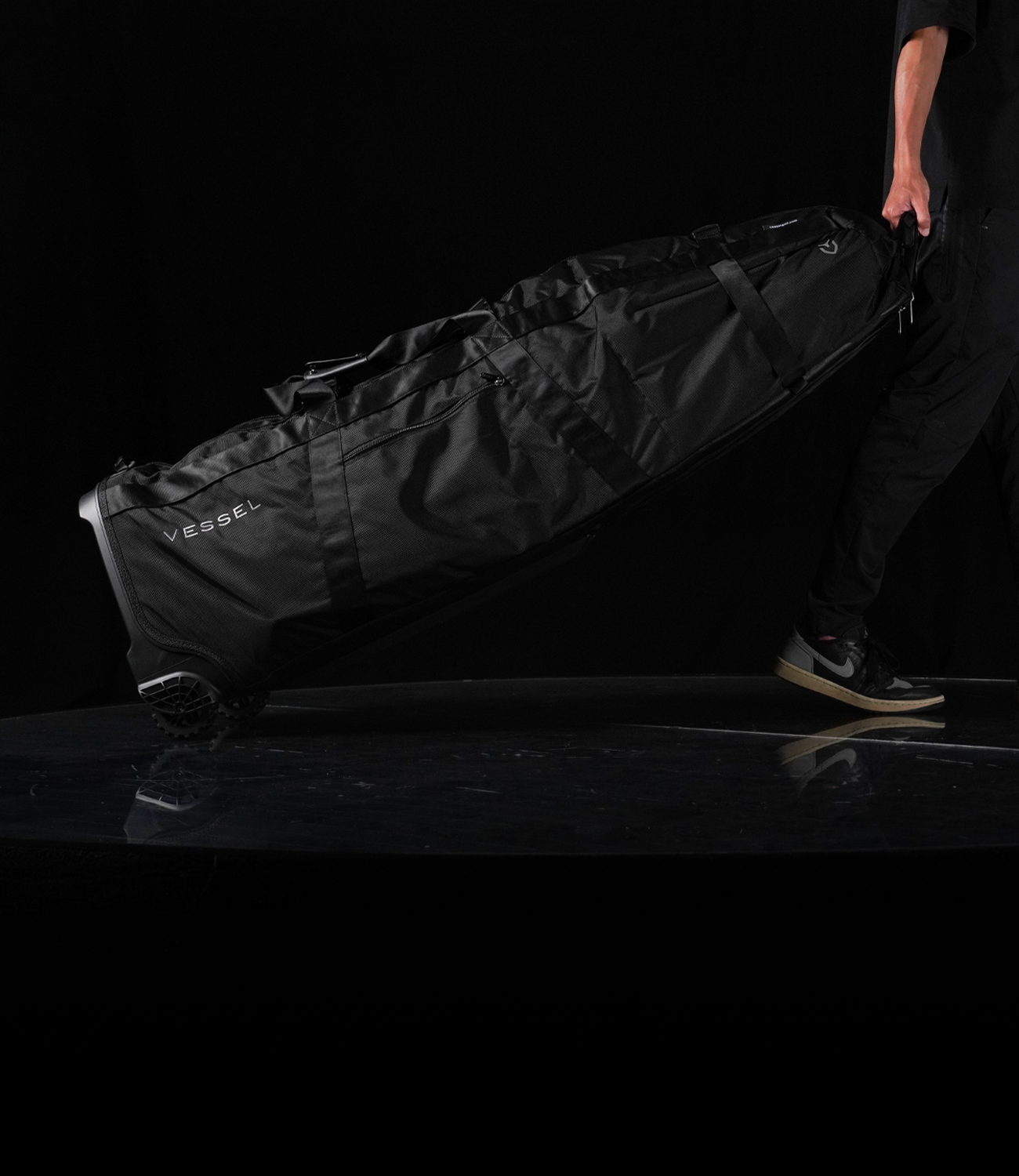
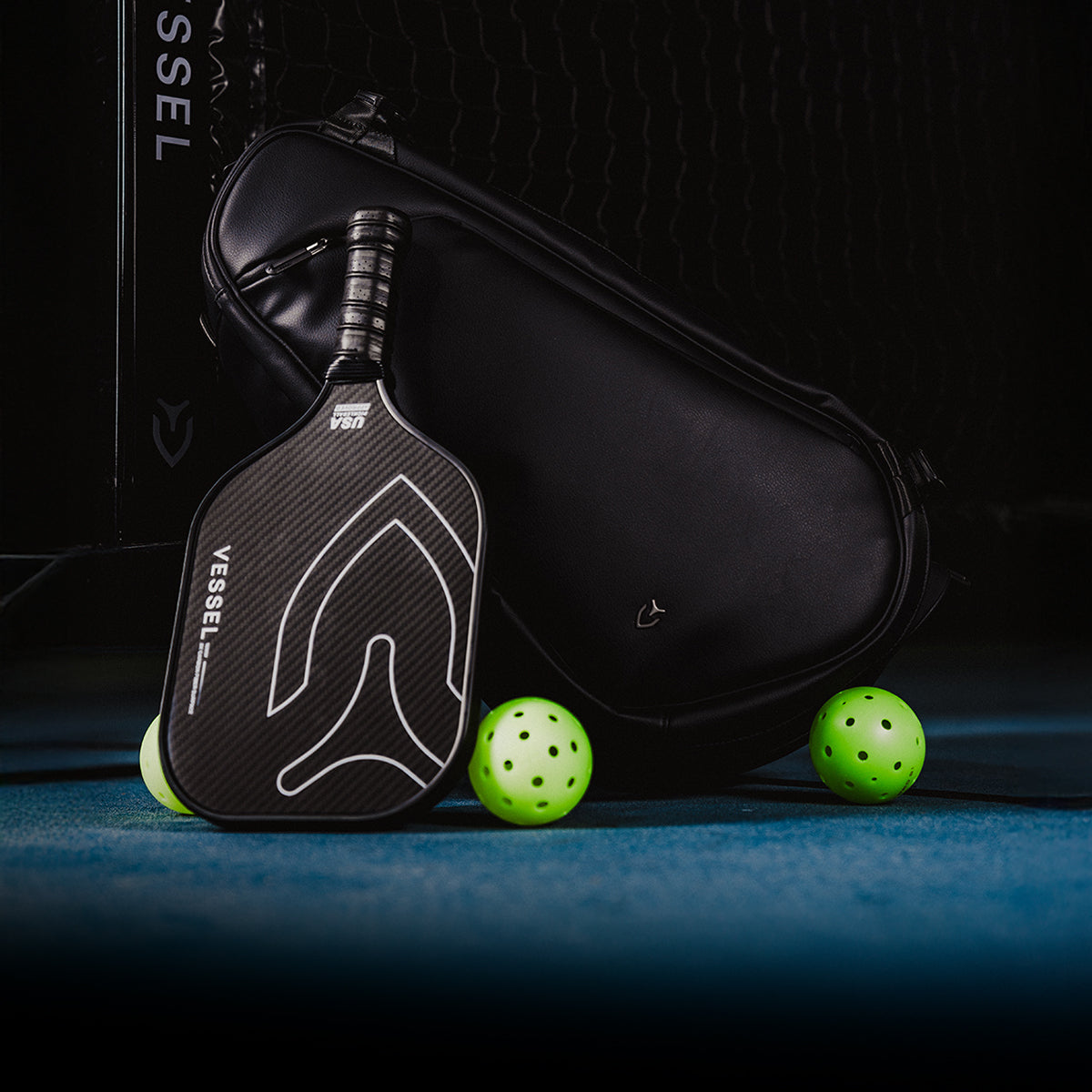
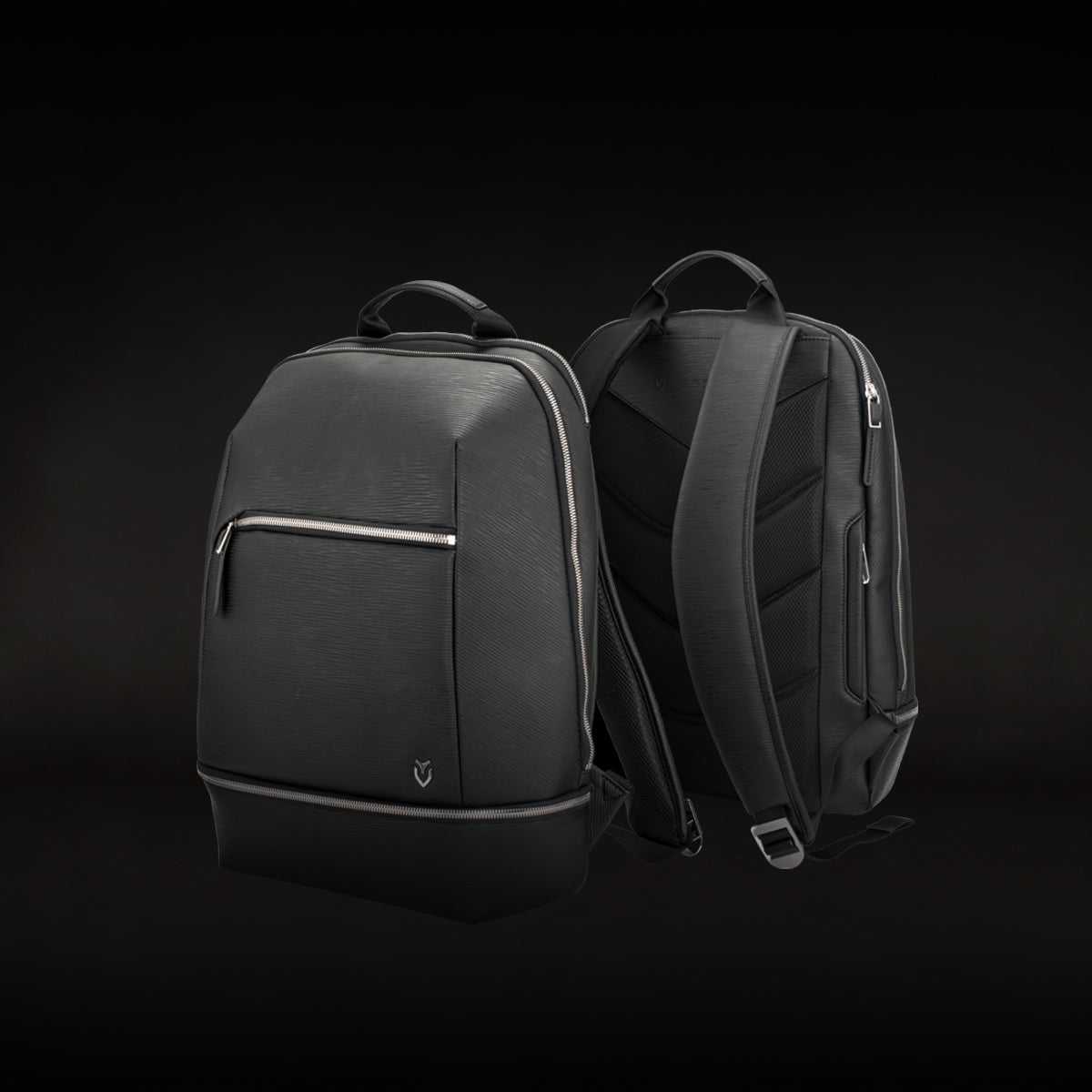
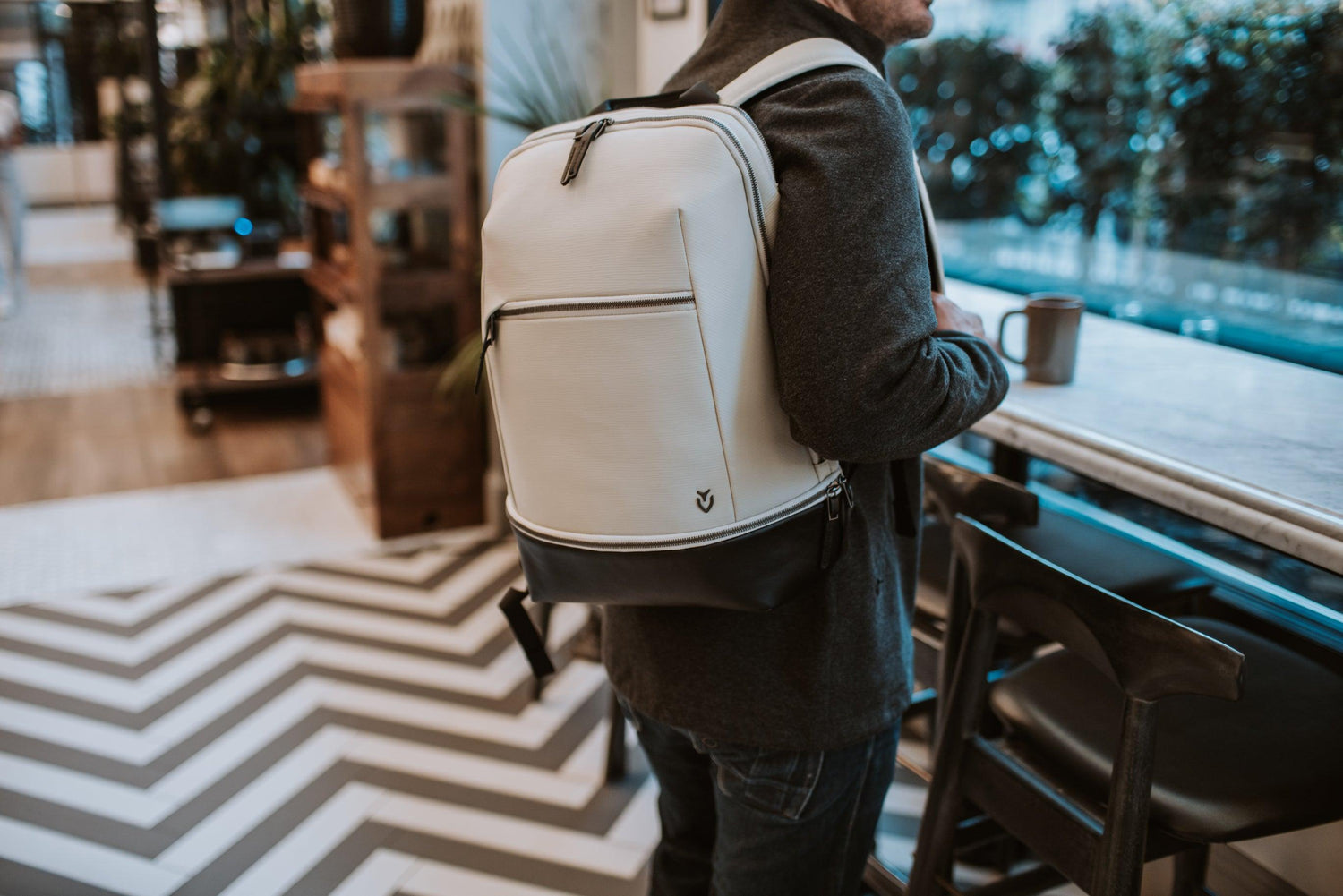




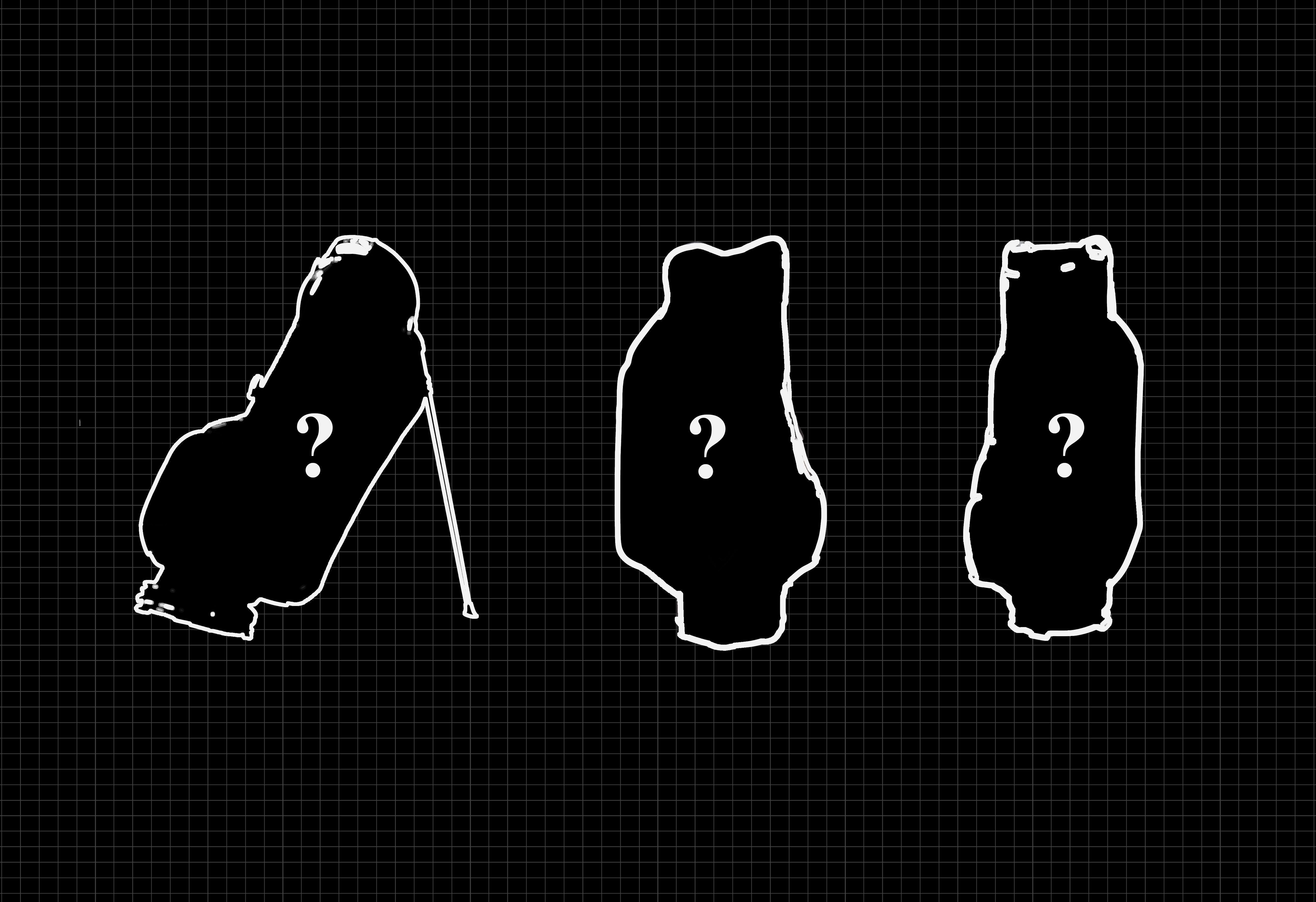

Leave a comment
This site is protected by hCaptcha and the hCaptcha Privacy Policy and Terms of Service apply.